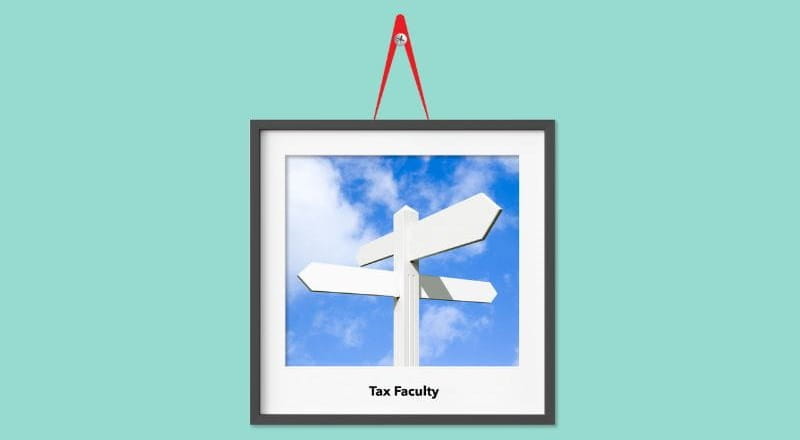With the end of the pandemic hopefully near, the Chancellor clearly set out the fiscal damage to the UK economy and that the road to recovery will be a long one. Frank Haskew, Head of the Tax Faculty, shares his thoughts on a Budget that aims to rebuild the economy.
The UK Chancellor delivered his second full Budget on 3 March 2021. It was another sterling performance from Rishi Sunak, full of candour about the problems the country faces, but also bristling with initiatives and tax incentives to rebuild the economy and make it more productive and pro-growth.
As we hopefully start to exit the pandemic, it struck an upbeat and positive tone that hopefully will have resonated with citizens and businesses weary after a year of repeated lockdowns. However, few will be under any illusions about the scale of the fiscal damage to the UK and the time it will take to repair it.
In his first Budget, delivered on 11 March 2020, the Chancellor faced his first big test – the emerging pandemic that within a few weeks became the COVID-19 crisis. In what turned out to be a masterpiece of understatement, Sunak announced last year that “there is likely to be a temporary disruption to our economy” and also that the government’s response would be “temporary, timely and targeted”.
The underlying assumption in his 2020 Budget was that up to 20% of staff could be off work at any one time, and the measures he announced involved improving sick pay and help for business rates. But there was no mention that the UK might have to face a national lockdown. However, two weeks later, that is exactly what happened. The support announced in that 2020 Budget was clearly going to be nowhere near enough to stem what was rapidly turning into an international emergency.
The focus of the government’s efforts shifted to designing and implementing huge relief operations in the form of measures such as the Coronavirus Job Retention Scheme (CJRS) and the Self-employment Income Support Scheme (SEISS), together with a whole host of other relief measures. Even then most of us, Sunak included, expected that the emergency would be relatively short-lived and the need for these schemes would be temporary.
How wrong we were. The crisis has seen the biggest fall in GDP for more than 300 years – exceeding those seen even in wartime. A year on, we are stuck in a third national lockdown and it is only now, with vaccines being rolled out on a colossal scale, that we can see some light at the end of the tunnel.
This time around the difficulty Sunak faced was to build a recovery and raise more money from taxes when, in the December 2019 election, his predecessors had promised not to raise the main rates of income tax, VAT and national insurance. Truly, it is not easy to be Chancellor – all the more so when you face an existential crisis with your hands tied behind your back. But if he was nervous, it didn’t show.
With the UK emerging from the biggest crisis ever faced in peacetime, this was not the time to scare the horses. Support for businesses and employees impacted by COVID-19 was extended, but the increase in the CT rate and future freezing of allowances, including the personal allowances, will make little dent in the size of the deficit. It seems highly likely that the Chancellor will have to return to this pressing problem in earnest once the economy starts to improve.
To conclude with the very words with which we finished last year’s overview, the jury is still out on who will pay for it.
Key announcements:
Budget 2021 Report
ICAEW's Tax Faculty will be publishing its comprehensive summary of the tax-related Budget announcements on Friday 5 March.
Autumn Budget 2021
Read all of ICAEW's insights and analysis of the Chancellor's announcements on 27 October, as well as useful background information.





